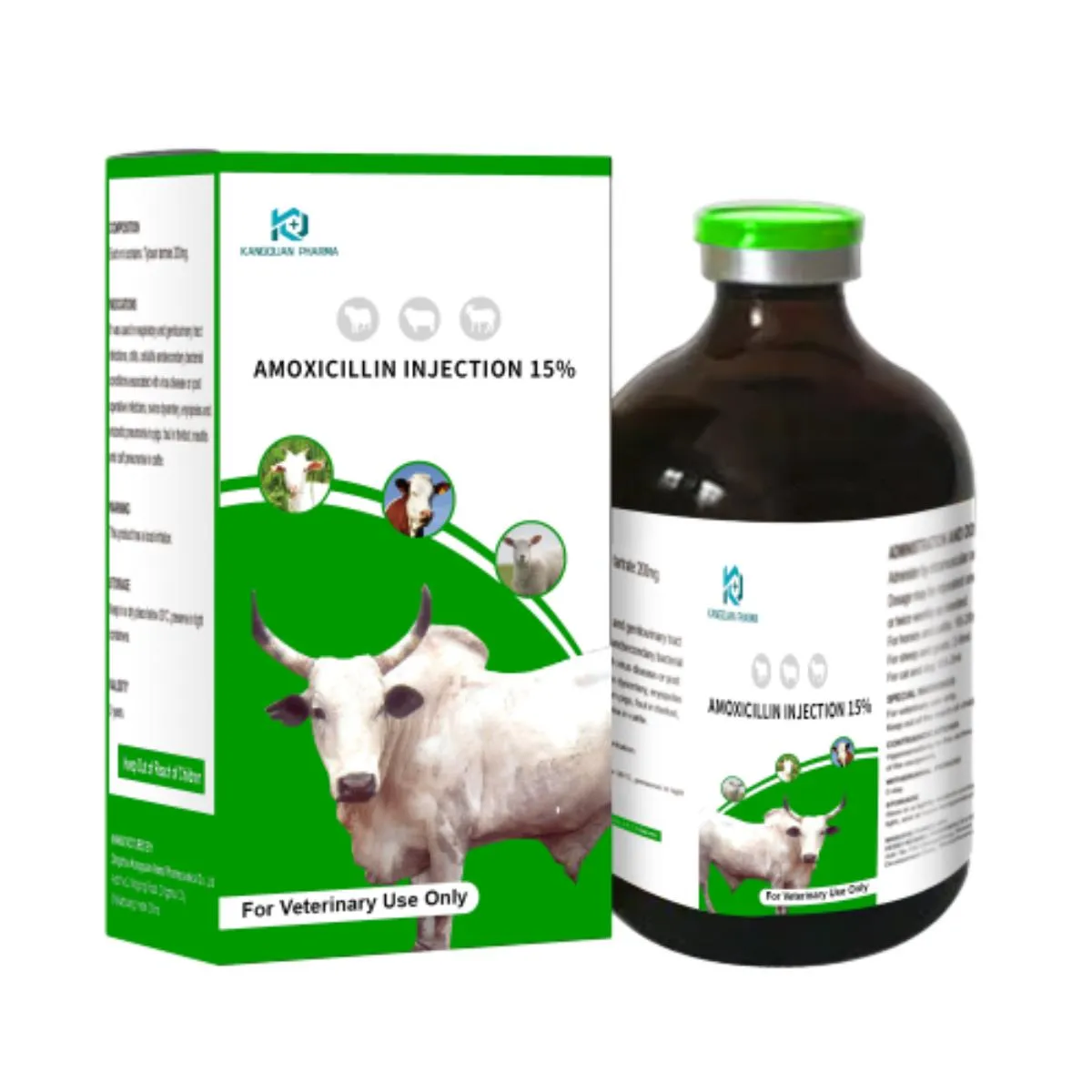- Afrikaans
- Albanian
- Amharic
- Arabic
- Armenian
- Azerbaijani
- Basque
- Belarusian
- Bengali
- Bosnian
- Bulgarian
- Catalan
- Cebuano
- Corsican
- Croatian
- Czech
- Danish
- Dutch
- English
- Esperanto
- Estonian
- Finnish
- French
- Frisian
- Galician
- Georgian
- German
- Greek
- Gujarati
- Haitian Creole
- hausa
- hawaiian
- Hebrew
- Hindi
- Miao
- Hungarian
- Icelandic
- igbo
- Indonesian
- irish
- Italian
- Japanese
- Javanese
- Kannada
- kazakh
- Khmer
- Rwandese
- Korean
- Kurdish
- Kyrgyz
- Lao
- Latin
- Latvian
- Lithuanian
- Luxembourgish
- Macedonian
- Malgashi
- Malay
- Malayalam
- Maltese
- Maori
- Marathi
- Mongolian
- Myanmar
- Nepali
- Norwegian
- Norwegian
- Occitan
- Pashto
- Persian
- Polish
- Portuguese
- Punjabi
- Romanian
- Russian
- Samoan
- Scottish Gaelic
- Serbian
- Sesotho
- Shona
- Sindhi
- Sinhala
- Slovak
- Slovenian
- Somali
- Spanish
- Sundanese
- Swahili
- Swedish
- Tagalog
- Tajik
- Tamil
- Tatar
- Telugu
- Thai
- Turkish
- Turkmen
- Ukrainian
- Urdu
- Uighur
- Uzbek
- Vietnamese
- Welsh
- Bantu
- Yiddish
- Yoruba
- Zulu
ພ.ຈ. . 04, 2024 20:42 Back to list
gentamicin sulphate
Gentamicin Sulphate An Overview
Gentamicin sulphate is an antibiotic that belongs to the aminoglycoside class of antimicrobial agents. Originally discovered in the 1960s from the culture of Micromonospora purpurea, gentamicin is known for its broad-spectrum activity against various gram-negative and some gram-positive bacteria. Its effective mode of action and relatively low cost have made it a crucial drug in both clinical and veterinary medicine.
Gentamicin Sulphate An Overview
Gentamicin is administered via several routes, including intravenous, intramuscular, or topical applications, depending on the nature and site of the infection. It is commonly used to treat severe infections, including those of the respiratory tract, urinary tract, and skin, as well as systemic infections such as sepsis. In veterinary medicine, gentamicin is utilized to treat a range of infections in animals, particularly when other antibiotics may not be effective.
gentamicin sulphate

Despite its effectiveness, gentamicin use is associated with potential toxic effects, particularly nephrotoxicity (kidney damage) and ototoxicity (hearing loss). These risks have necessitated the careful monitoring of patients receiving gentamicin therapy, especially those with pre-existing kidney conditions or those receiving high doses. Healthcare providers often conduct therapeutic drug monitoring (TDM) to ensure drug levels remain within a safe and effective range.
Moreover, the emergence of antibiotic resistance has posed significant challenges in the treatment of bacterial infections. Overuse and misuse of antibiotics like gentamicin have contributed to the rising prevalence of resistant bacterial strains. This situation underscores the importance of using gentamicin judiciously, adhering to appropriate dosing regimens, and conducting susceptibility testing before initiating treatment.
Gentamicin has also found applications beyond its primary role as an antibiotic. In some instances, it is incorporated into surgical procedures to prevent postoperative infections. Its efficacy in ocular formulations has made it a common ingredient in eye drops for treating bacterial conjunctivitis and other eye infections.
In conclusion, gentamicin sulphate remains a cornerstone in the fight against bacterial infections due to its broad-spectrum activity and effectiveness. However, its potential for toxicity and the challenge of antibiotic resistance necessitate a balanced approach to its use. Ongoing research aims to optimize its application and develop strategies to mitigate resistance. As the medical community continues to face evolving bacterial pathogens, gentamicin will likely remain a relevant and vital option in the arsenal of healthcare providers worldwide.
-
Guide to Oxytetracycline Injection
NewsMar.27,2025
-
Guide to Colistin Sulphate
NewsMar.27,2025
-
Gentamicin Sulfate: Uses, Price, And Key Information
NewsMar.27,2025
-
Enrofloxacin Injection: Uses, Price, And Supplier Information
NewsMar.27,2025
-
Dexamethasone Sodium Phosphate Injection: Uses, Price, And Key Information
NewsMar.27,2025
-
Albendazole Tablet: Uses, Dosage, Cost, And Key Information
NewsMar.27,2025













